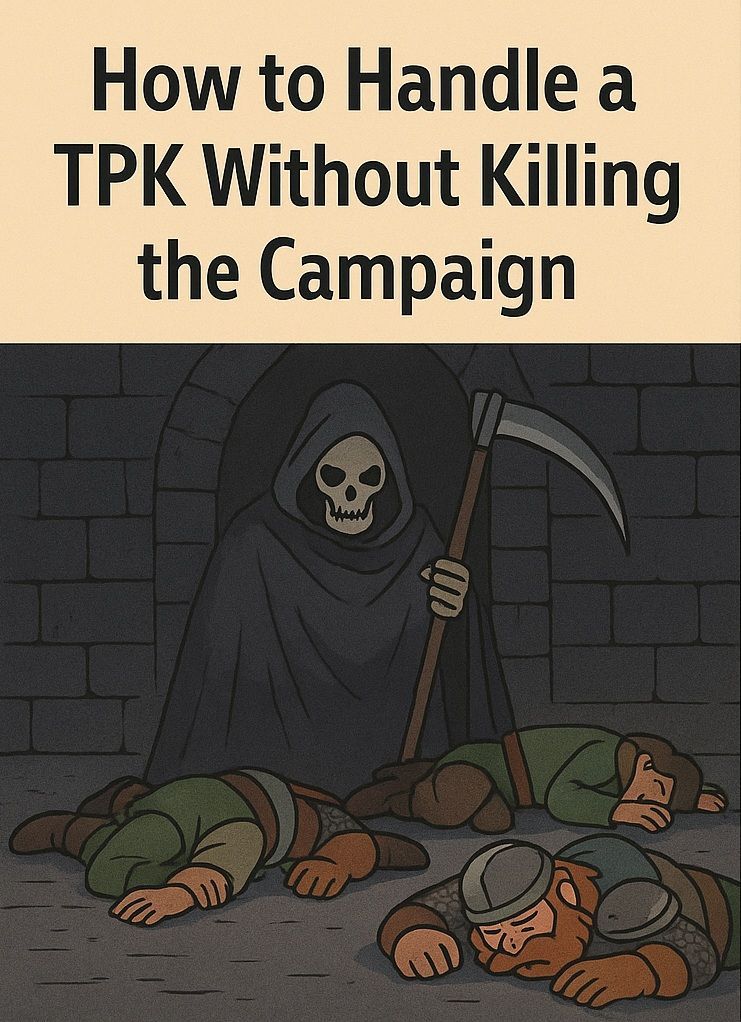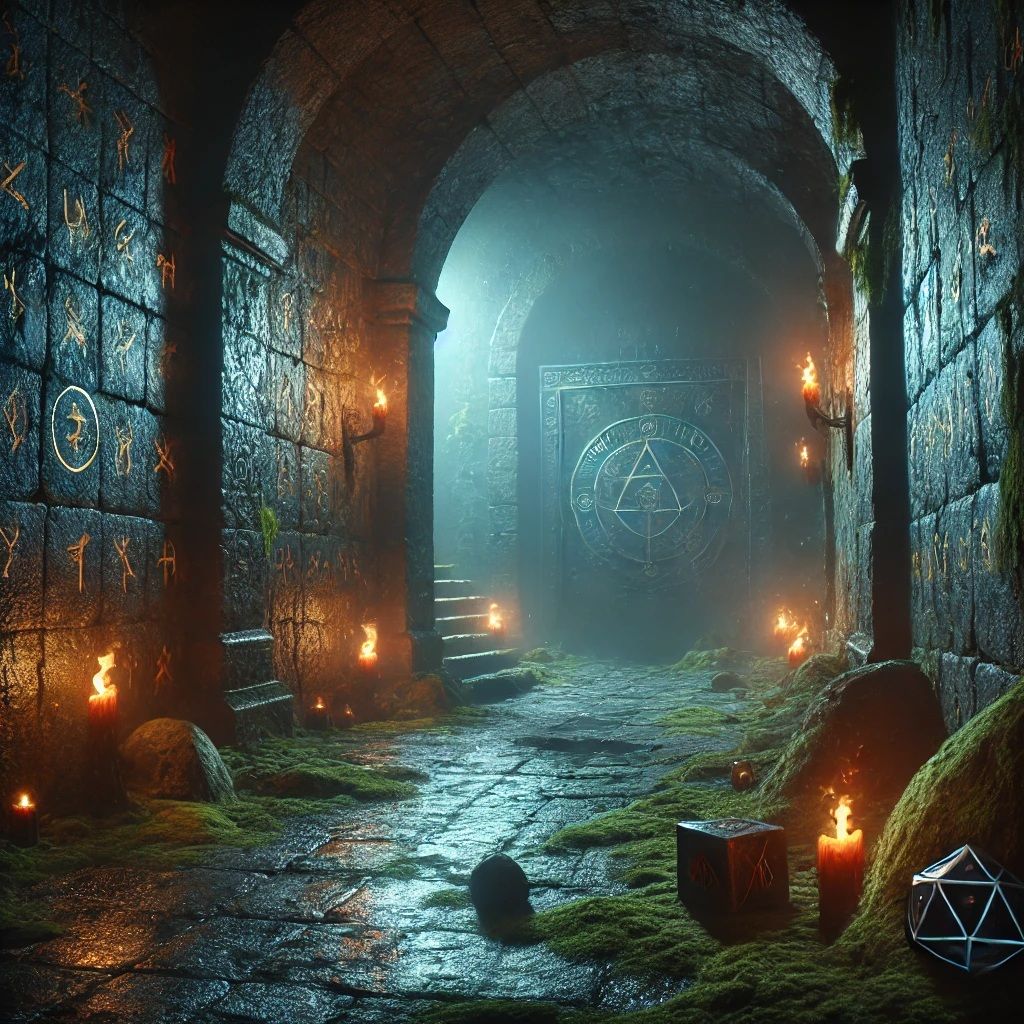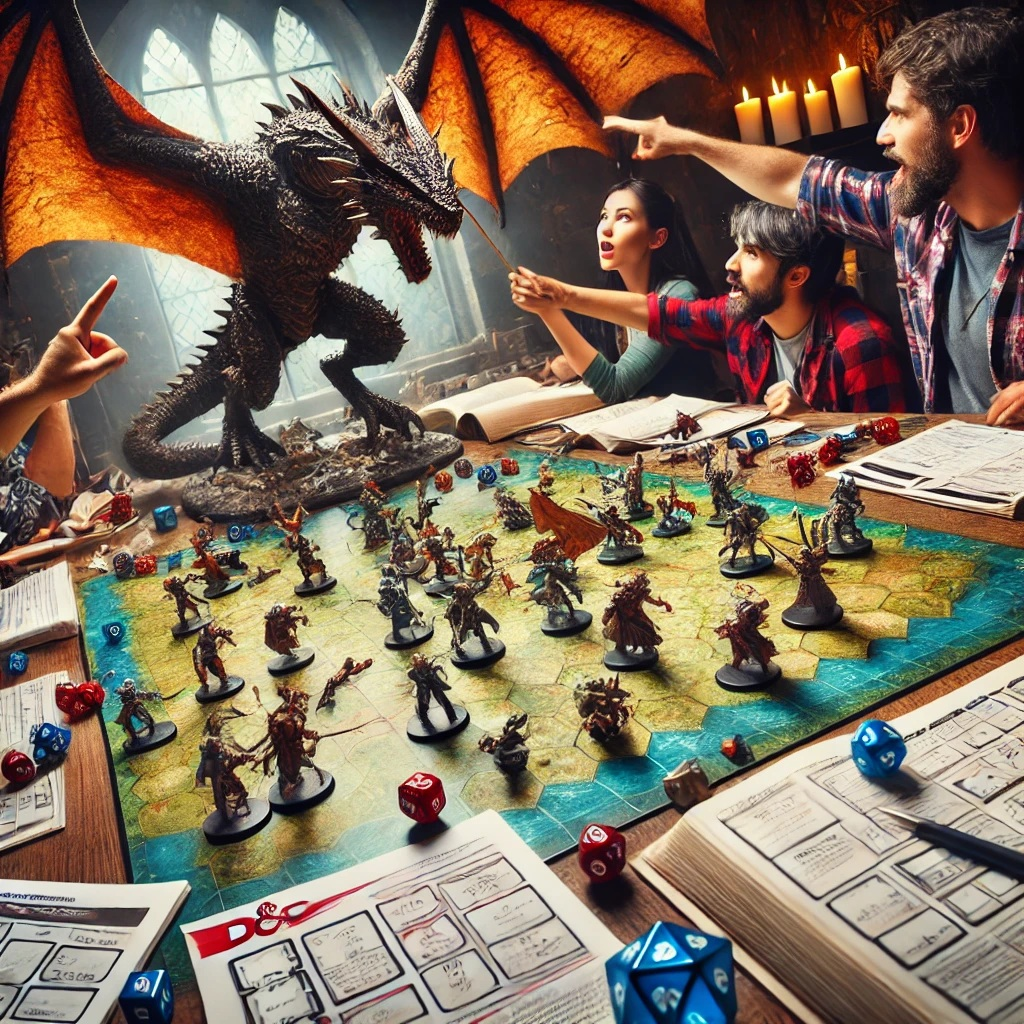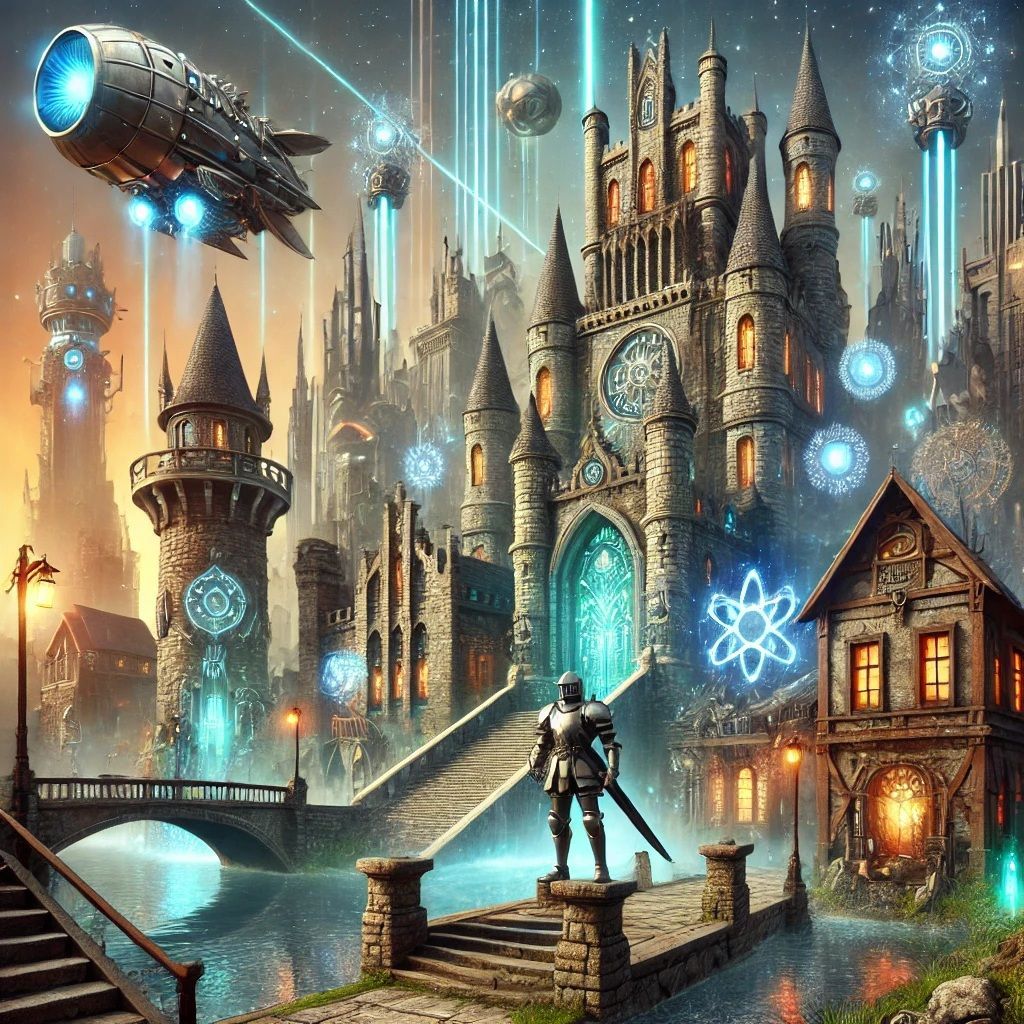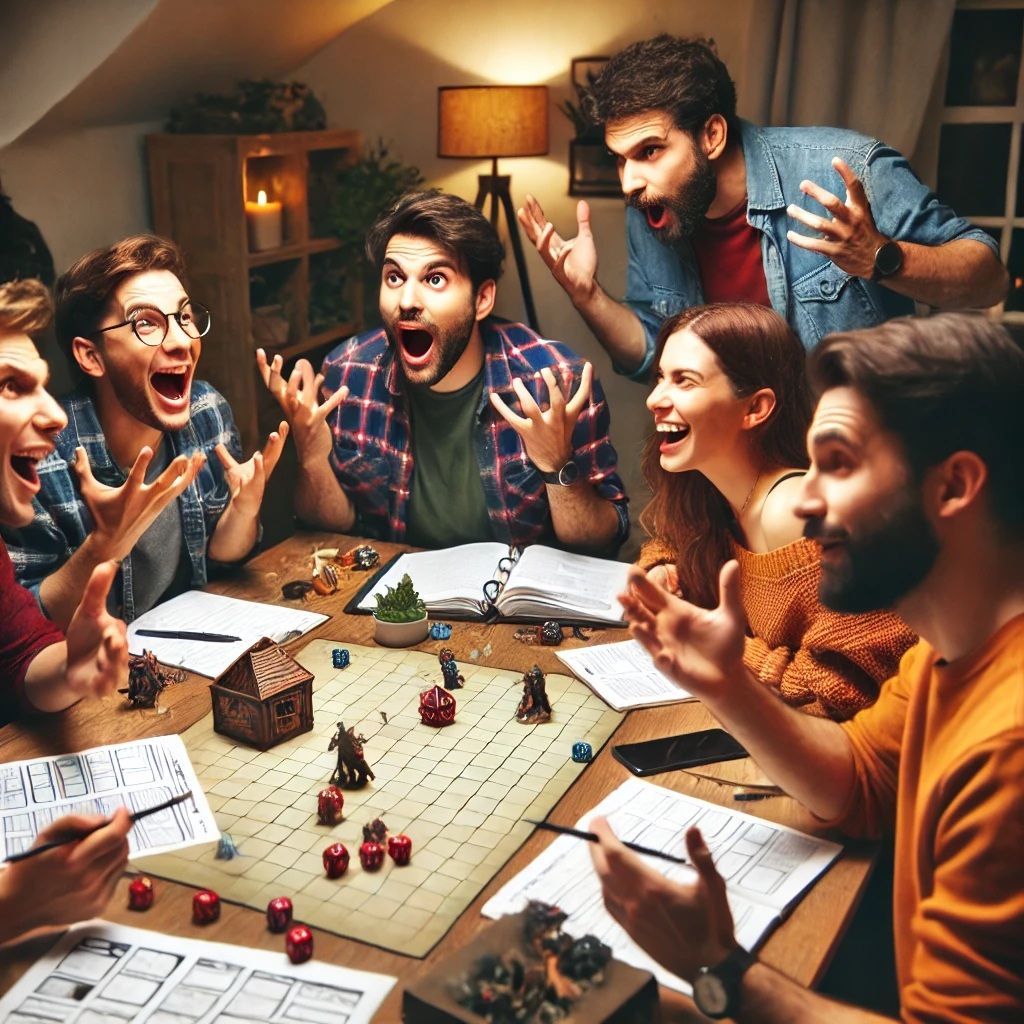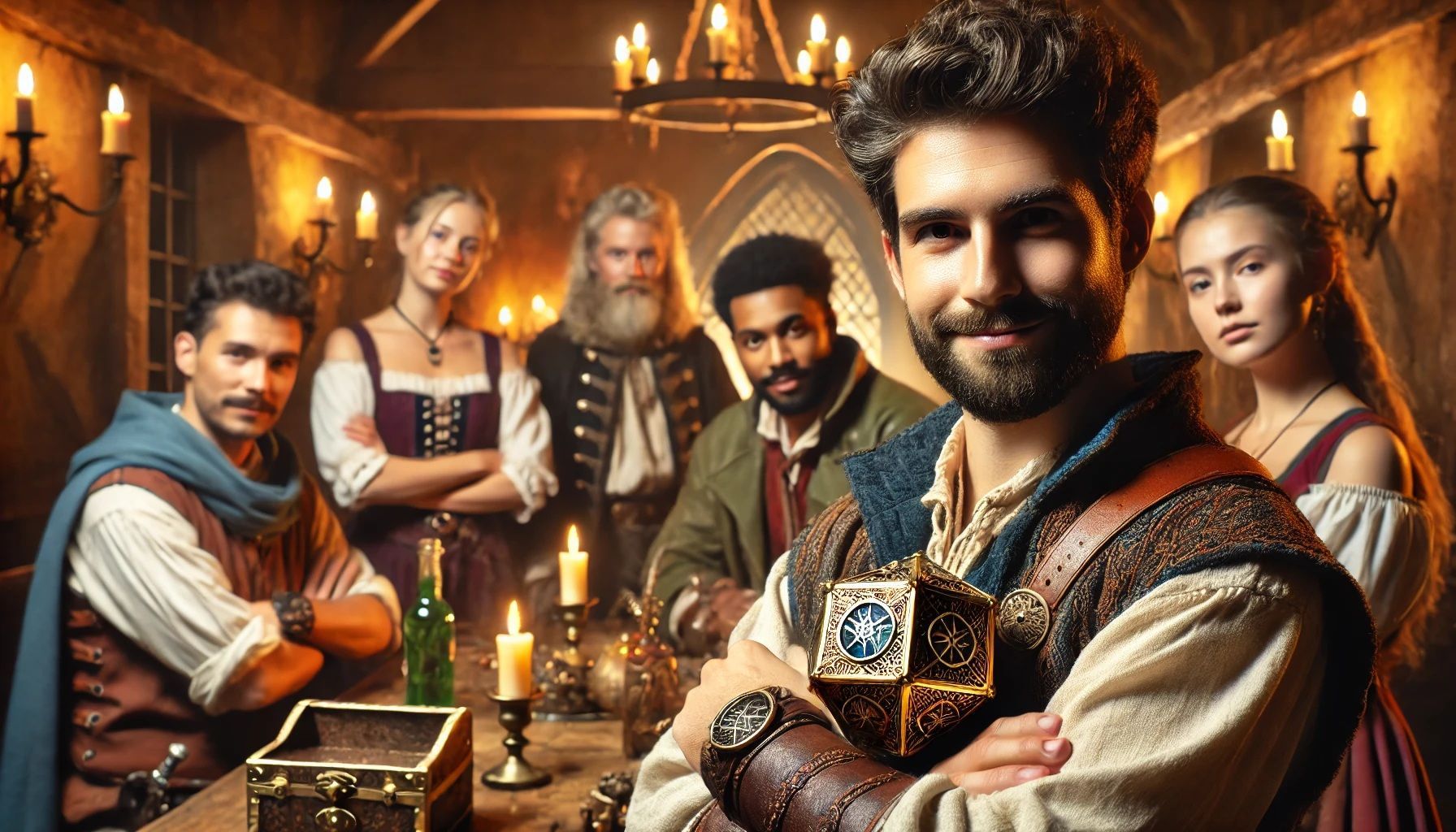Designing Challenging and Fair Puzzles for Your TTRPG
Puzzles - Because your players need a reason to hate you
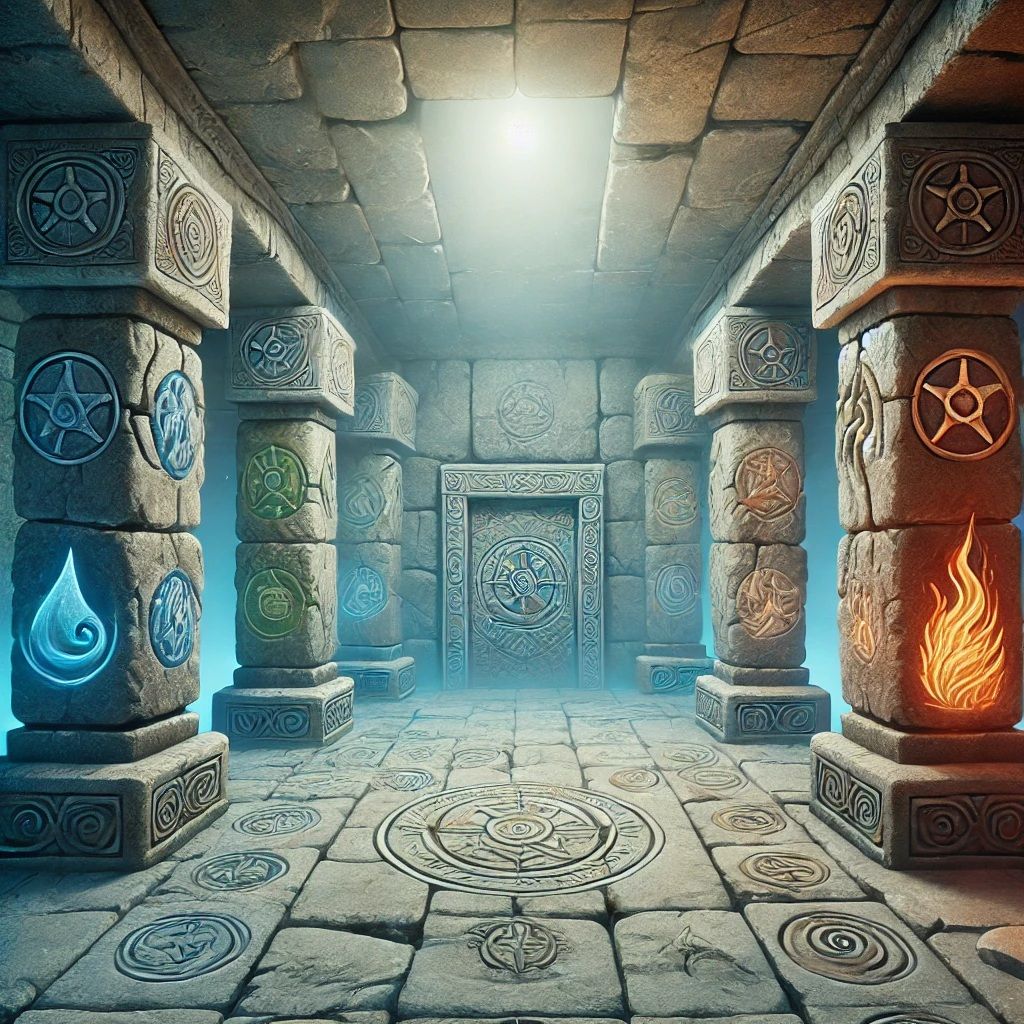
Dear Readers,
Puzzles are an essential part of Dungeons & Dragons. They break up the rhythm of combat, encourage problem-solving, and allow for creative roleplaying moments. However, designing puzzles that are both challenging and fair can be a delicate balancing act. A puzzle that is too easy becomes a trivial obstacle, while one that is too difficult can frustrate players and grind a session to a halt. So how do you design a puzzle that is engaging, rewarding, and doesn’t feel like an unfair roadblock?
In this guide, we’ll explore how to create puzzles that challenge players while still being solvable. We’ll cover types of puzzles, difficulty balancing, and how to integrate them seamlessly into your game. Whether you’re a Dungeon Master (DM) looking to add a fiendish brain teaser or a player who loves a good challenge, this article will equip you with the tools to make puzzles a thrilling part of your campaign.
Understanding Player Expectations
Before diving into specific puzzle types, it’s crucial to understand your players. Not every group enjoys the same kind of puzzle, and knowing their preferences will help you tailor challenges that fit their playstyle. Some groups love logic puzzles, while others thrive on social riddles or physical challenges.
Consider these questions:
- Do your players enjoy problem-solving, or do they get frustrated quickly?
- How comfortable are they with abstract thinking?
- Do they prefer puzzles integrated into the world’s lore, or do they like self-contained brainteasers?
- What is the average intelligence of the party members? Are they more strategy-driven or impulsive?
Understanding these dynamics will help you craft puzzles that engage rather than alienate your players.
Types of Puzzles
There are many different types of puzzles you can incorporate into your campaign. Here are a few common ones:
1. Logic Puzzles
These puzzles require players to deduce the correct answer through reasoning. Examples include Sudoku-style grids, sequence puzzles, and pattern recognition. These work well when you want to slow the pace and give players a chance to think critically.
Example: A set of statues in a room must be placed in a specific order based on their inscriptions. The inscriptions provide clues in the form of riddles or logic deductions.
2. Riddles
A staple of fantasy storytelling, riddles require players to interpret clues and use lateral thinking. They can be delivered by an NPC, written in an ancient text, or inscribed on a dungeon wall.
Example: “I have cities but no houses, forests but no trees, and rivers but no water. What am I?” (Answer: A map.)
3. Physical Challenges
These puzzles require interaction with the environment. Players may need to maneuver objects, balance on platforms, or trigger mechanisms in a certain order.
Example: A room with floor tiles that light up in a sequence. Stepping on the wrong tile triggers a trap or resets the puzzle.
4. Mathematical and Number-Based Puzzles
For groups that enjoy numbers, puzzles that involve sums, equations, or sequences can be rewarding.
Example: A door has four buttons labeled 2, 3, 5, and 8. The correct sequence follows the Fibonacci sequence (2, 3, 5, 8, 13).
5. Wordplay and Anagrams
Some puzzles involve deciphering scrambled words, interpreting acronyms, or recognizing linguistic patterns.
Example: A magic door only opens when the correct name is spoken, but the name is an anagram of a phrase found elsewhere in the room.
6. Moral and Ethical Dilemmas
Not all puzzles are about logic or dexterity—some are about choice. Presenting players with a difficult decision can be just as compelling as a traditional puzzle.
Example: The party finds two levers—one saves a town, but dooms an innocent. The other sacrifices the party’s gold to achieve both.
Designing Challenging But Fair Puzzles
A good puzzle should be engaging but not frustrating. Here’s how to strike that balance:
1. Provide Clear Clues
A puzzle should never feel like a guessing game. Offer clues through descriptions, NPC dialogue, or environmental details. If a puzzle relies on an obscure piece of knowledge, provide hints in advance.
2. Ensure Multiple Avenues to Solve It
Different players think differently. Some may approach a puzzle methodically, while others rely on intuition. Design puzzles with multiple possible solutions or ways to gather hints.
3. Encourage Teamwork
The best puzzles involve multiple players working together. Design puzzles that allow different skills to shine—one player might decode a cipher while another uses their background knowledge to interpret it.
4. Integrate Puzzles Into the Story
A puzzle should feel like a natural part of the world, not a roadblock. Tie it into the campaign’s lore, setting, or character backstories.
5. Provide a Fallback Solution
If players are truly stuck, allow them to roll Intelligence (Investigation), Wisdom (Insight), or use a spell like Comprehend Languages to gain hints. NPCs can also provide nudges.
Testing Your Puzzle Beforehand
Before introducing a puzzle into your game, test it with a friend or run it yourself. Ask:
- Is the solution clear when all clues are considered?
- Does the puzzle take longer than 10-15 minutes to solve? If so, consider simplifying it.
- Are there multiple ways to interpret the clues? If yes, refine them.
Handling Player Frustration
If players struggle with a puzzle, frustration can set in. Here’s how to handle it:
- Offer Hints Gradually: Start with vague hints and increase their specificity if players remain stuck.
- Encourage In-Character Thinking: If players are stuck, let them roleplay how their characters would analyze the puzzle.
- Don’t Let It Stall the Game: If the puzzle is halting progress, provide an alternate solution or have an NPC step in with guidance.
Examples of Well-Balanced Puzzles
The Elemental Pillars
Setup: Four pillars in a dungeon each bear a symbol representing an element—Fire, Water, Earth, and Air. A door requires activating the pillars in the correct order.
Clues: A nearby mural shows a cycle of elements (e.g., Water extinguishes Fire, Fire melts Earth, etc.). Players must deduce the logical sequence.
Solution: Touching the pillars in the right order unlocks the door. Incorrect sequences trigger minor elemental effects as warnings.
The Haunted Organ
Setup: A ghostly organ in an abandoned chapel plays an eerie melody. Players must replicate the tune to unlock a hidden passage.
Clues: Sheet music is hidden nearby, but it’s partially burned. A bard NPC mentions the melody’s name.
Solution: Playing the correct notes (or rolling well on a Performance check) opens the passage.
Final Thoughts
Puzzles should add excitement, not frustration. By designing puzzles that align with your players’ skills and interests, you ensure they feel both challenged and rewarded. A well-designed puzzle can be a highlight of a session, creating memorable moments of teamwork and discovery.
Until next time, Dear Readers...















